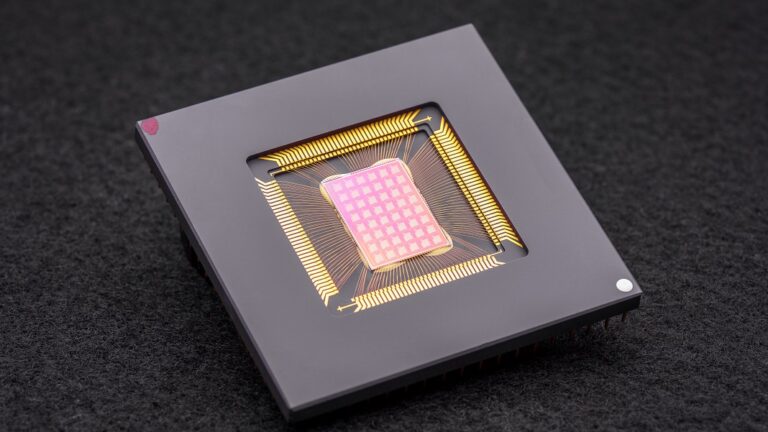Biological decoding is a process used to extract information from biological systems, such as cells or tissues. It has been used for decades, but recent advances in technology have made it easier and more efficient. Benefits include gaining insights into structure and function of cells and tissues, identifying biomarkers associated with diseases or conditions, analyzing gene expression patterns, and predicting drug responses. Challenges include interpreting results, costliness, and ethical concerns related to collecting samples from living organisms.
1. Introduction
Biological decoding is a process of extracting information from biological systems and using it to gain insights into their behavior. This process has been used for decades, but recent advances in technology have made it easier and more efficient than ever before. In this article, we will explore the history of biological decoding, its benefits, how to implement it, examples of its use in action, and the challenges and considerations associated with it.
2. What is Biological Decoding?
Biological decoding is a process used to extract information from biological systems. It involves analyzing signals from living organisms such as cells or tissues, and using that information to gain insights into their behavior. It can be used to study the structure and function of cells and tissues, identify biomarkers associated with diseases or conditions, analyze gene expression patterns, or even predict drug responses.
3. History of Biological Decoding
The concept of biological decoding has been around for decades. In the 1970s, researchers developed techniques such as gel electrophoresis which allowed them to separate proteins based on their size and charge in order to study gene expression patterns. In the 1980s, PCR (Polymerase Chain Reaction) was developed which allowed researchers to amplify small amounts of DNA for further analysis. The 1990s saw the development of microarrays which allowed researchers to measure thousands of gene expressions simultaneously.
More recently, advances in technology have made biological decoding easier and more efficient than ever before. For example, next-generation sequencing (NGS) allows researchers to sequence entire genomes quickly and accurately while single-cell sequencing enables them to analyze individual cells at a much higher resolution than before. These technologies have revolutionized the field of biology by providing unprecedented insights into living systems at a molecular level.
4. Benefits of Biological Decoding
Biological decoding offers numerous benefits for researchers studying living systems at a molecular level. By analyzing signals from cells or tissues, researchers can gain insights into their structure and function which can be used for diagnosing diseases or conditions more accurately or predicting drug responses more effectively. It also allows researchers to identify biomarkers associated with certain diseases or conditions which can be used for early detection or monitoring treatments more closely over time.
5 How to Implement Biological Decoding
Implementing biological decoding requires several steps depending on what type of analysis you are performing (i.e., gene expression profiling vs single-cell sequencing). Generally speaking though, the first step involves collecting samples from living organisms such as cells or tissues which are then processed using specialized equipment such as PCR machines or microarrays depending on what type of analysis you are performing (i..e., gene expression profiling vs single-cell sequencing). The processed samples are then analyzed using software designed specifically for that purpose (i..e., bioinformatics software). Finally, the results are interpreted by experts who can make sense out of them in order to gain valuable insights into the structure and function of the studied system(s).
6 Examples Of Biological Decoding In Action
One example where biological decoding has been used successfully is cancer research where scientists use it to identify biomarkers associated with certain types of cancer that can be used for early detection or monitoring treatments over time more closely in order to improve outcomes for patients suffering from these diseases.Another example is drug discovery where scientists use it to analyze gene expression patterns in order to identify potential targets for new drugs that may be effective against certain conditions.Finally, biologists have also used biological decoding techniques such as single-cell sequencing in order understand how individual cells respond differently when exposed to different environmental stimuli.
7 Challenges And Considerations With Biological Decoding
Although there are many benefits associated with biological decoding,there are also some challenges and considerations that must be taken into account when implementing this technology.For example,due its complexity,interpreting results obtained through biological decoding can be difficult,especially if you don’t have expertise in this area.Additionally,due its costliness,implementing this technology may not always be feasible depending on your budget.Furthermore,there may also be ethical concerns related with collecting samples from living organisms that must also be taken into account when considering whether or not you should pursue this technology.
8 Conclusion
In conclusion,biological decoding is an invaluable tool for gaining insights into living systems at a molecular level.Its ability to analyze signals from cells or tissues makes it ideal for diagnosing diseases or conditions more accurately,predicting drug responses effectively,identifying biomarkers associated with certain diseases,and understanding how individual cells respond differently when exposed different environmental stimuli.However,implementing this technology comes with its own set challenges and considerations that must be taken into account before pursuing it.
